Photovoltaics and
Solar Panel Installation
Power your home using Spain’s sun
Mallorca – Ibiza – Menorca – Canary Islands
Why We Are The Perfect Choice
We want to help you gain freedom and stability in a world where there isn’t enough of either. We speak English natively, and a bunch of other languages too (more on that below). Aside from photovoltaics, heat pumps and subsidies, we also help people to make other savings when it comes to energy, through switching energy suppliers.
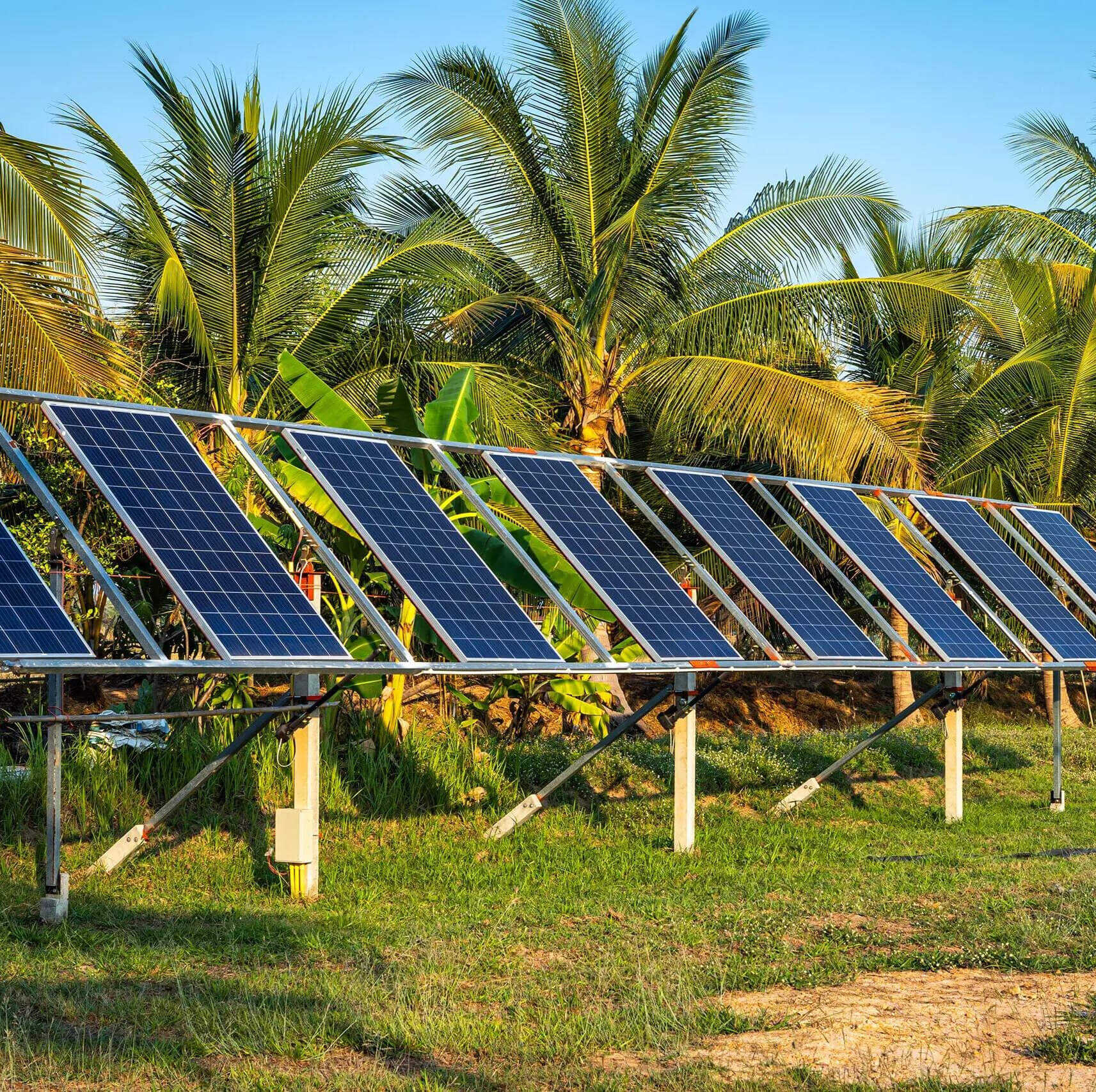
We Make Solar Panel Installation Easy
We tailor and customize to your needs. Our technicians are very thorough and reliable. We always aim to start your Installation within one month!
Your Guide From Start to Finish
We are at your side with advice and support from our first conversation through to post-installation. Its part of the culture here. We want our customers to talk positively about their solar installation and experience with us.
We Speak Your Language
We speak German, Spanish, English, Belgian, Dutch, Russian and Persian.
Frequently asked questions
You can find some of the most frequently asked questions here. Feel free to call us!

What are solar panels?
Other things you might hear that refer to solar panels include, photovoltaic modules or PV modules, solar cell panels, solar electric panels.
What is an inverter?
Do I need a battery?
What is solarthermal energy?
What is the difference between a solar system and a photovoltaic system?
What are photovoltaic cells?
Should a photovltaic system be operated with or without a battery?
The Solar Power System We Offer
Surface Systems
Photovoltaic (PV) area systems are solar power systems that are installed on larger areas such as open spaces, fallow land or agricultural land to convert solar energy into electrical energy. Here are some important aspects of PV area systems:
Size and Scalability:
Area PV systems can range from small systems for local communities to large solar parks with several megawatts of power. They are scalable and can be adapted to the needs of energy demand and available space.
Choice of Location:
Technology:
Grid Feed:
Cost-Efficiency:
Environmental Impact:
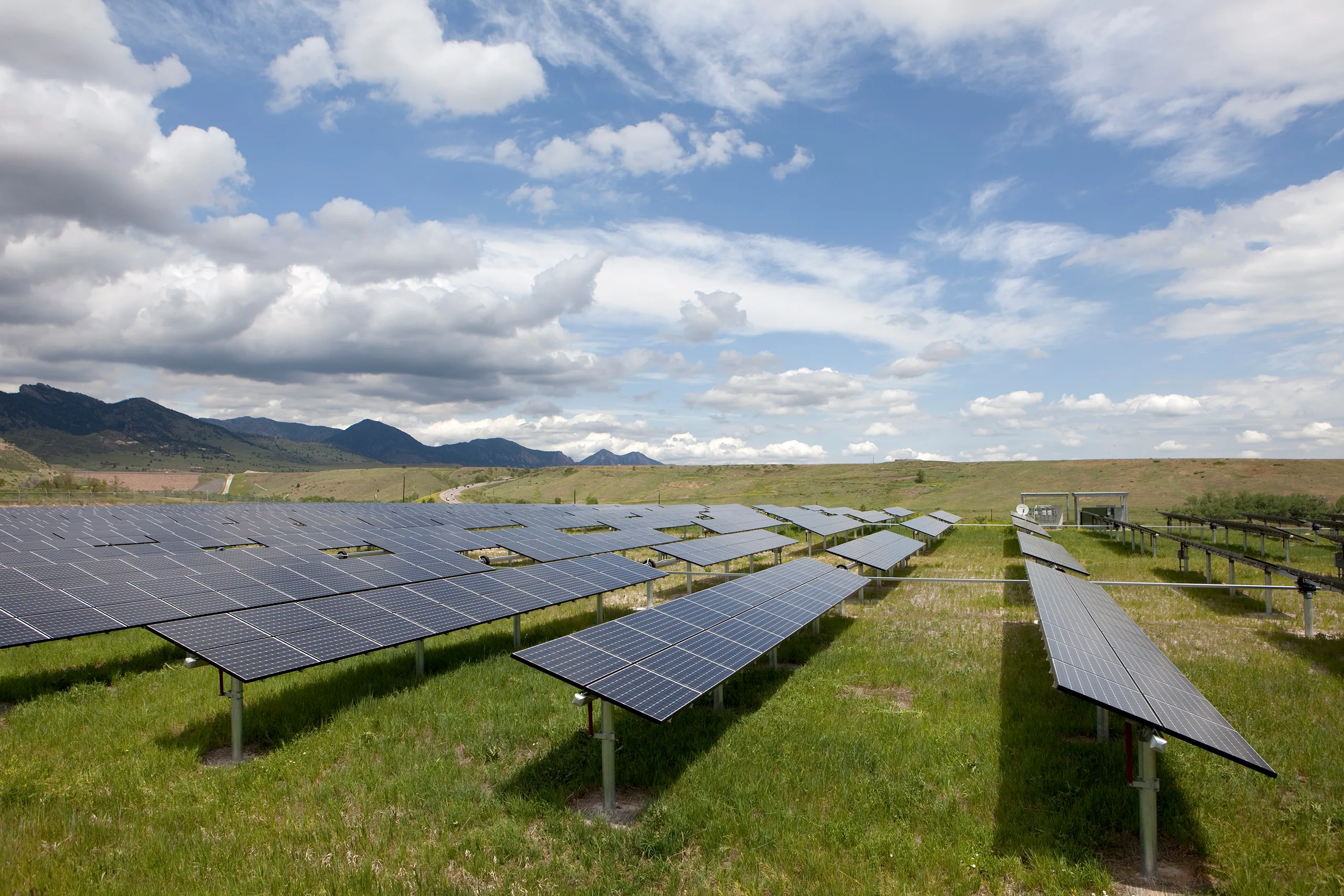
Rooftop Solar Panel Installation
A rooftop solar panel installation, is a system with panels on the roof of a building. Here are some important aspects of rooftop PV systems:
Integration into the Building:
Roof Types:
Size and Performance:
Grid Feed:
Cost-Efficiency:
Environmental Impact:
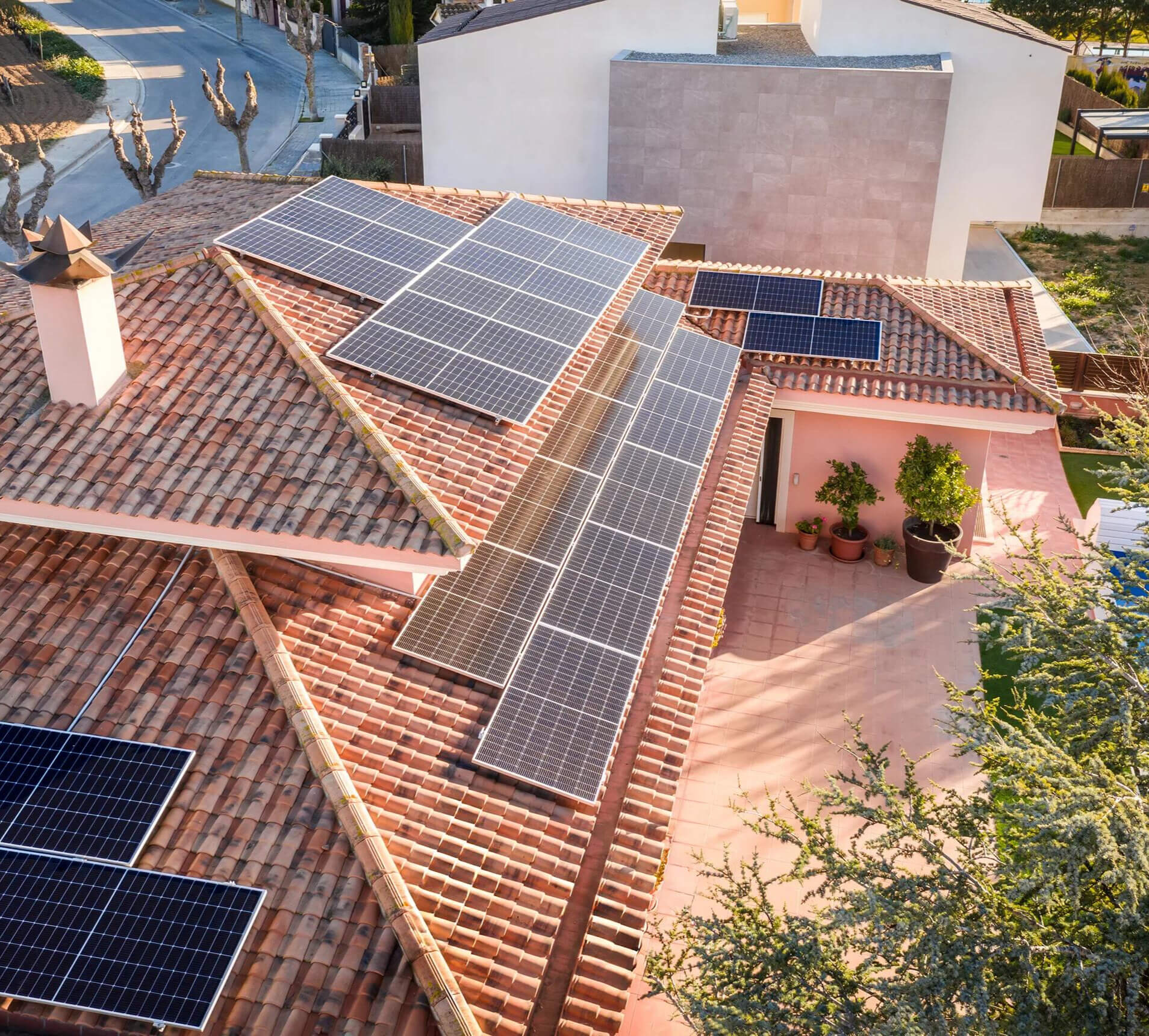
DIY Installation
Installing your own power plant, especially a solar power plant for self-supply of electricity, is technically possible, but it requires careful planning and consideration of various aspects. Here are some steps and considerations to keep in mind when installing your own power plant:
Determine Energy Requirements:
First, you should determine your current energy needs to determine how much electricity your power plant must generate to meet your needs. This includes energy used for appliances, lighting, heating, cooling, and other electrical equipment.
Choose The Right Location:
Approvals and Regulations:
System Design:
Installation:
Maintenance and Operation:
Grid Feed and Storage:
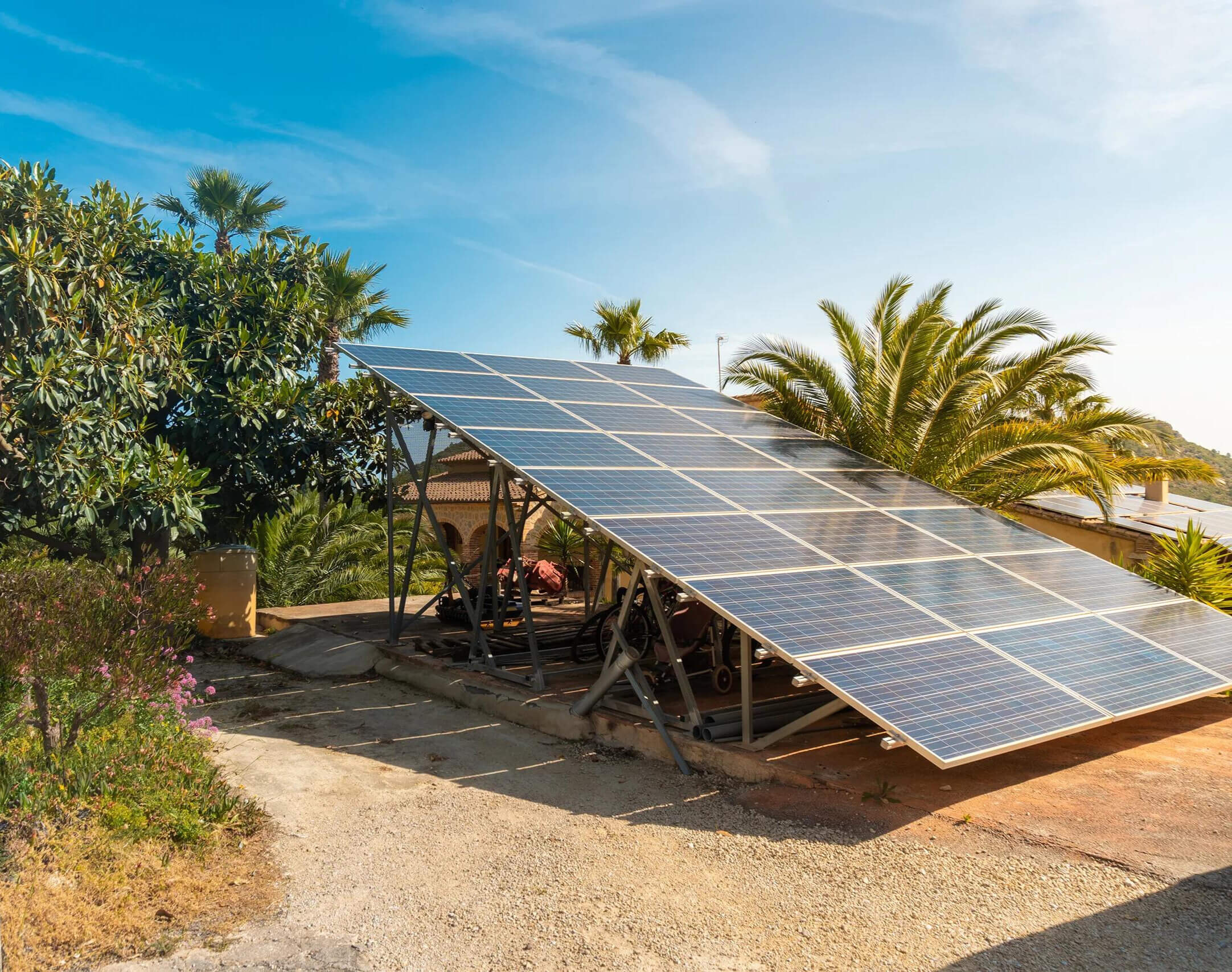
Solar Carports
A solar carport is a solar panel installation that also provides shelter for vehicles. The roof has integrated solar panels. Here are some important aspects of solar carports:
Dual Use of Space:
Electricity Generation:
Parking Lot Protection:
Adaptability:
Environmental Friendliness:
Cost-Efficiency:
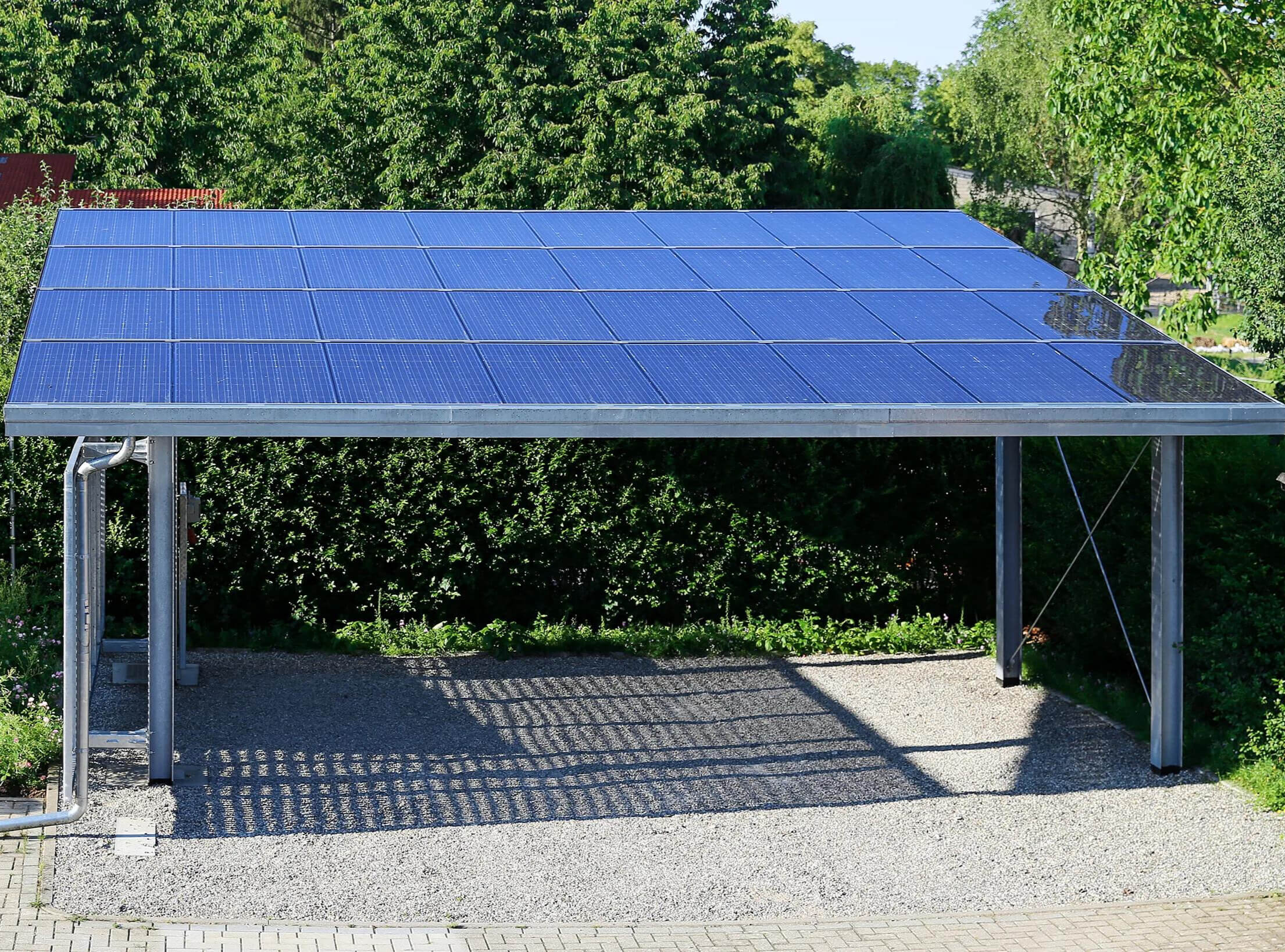
Need more help with
photovoltaics and solar panel installation
No problem, just contact us!



